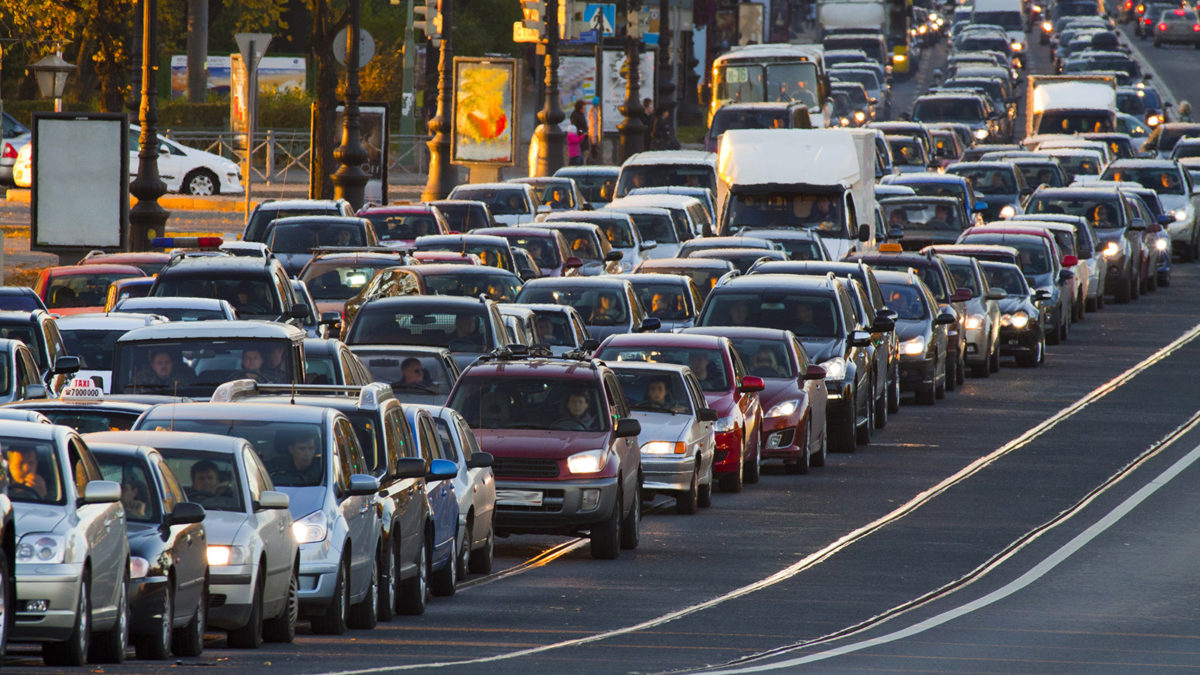Colorado takes a close look at the potential impact of advanced air mobility on car traffic
By Paul Brinkmann|November 4, 2022
Officials expect limited reduction in traffic, but more and cheaper options for some
Local jurisdictions in the United States are starting to delve into the impacts that electric aircraft, whether fixed wing or vertical lift, could have on ground traffic and accessibility to cities and the world beyond for residents in remote areas.
One of those jurisdictions is Colorado, where the Aeronautics Division of the state transportation department plans to retain the federally funded National Renewable Energy Laboratory in Golden to conduct a detailed follow-up to its 2021 report, “Electrification of Aircraft: Challenges, Barriers, and Potential Impacts.” That report, which looked specifically at Eviation’s Alice, a fixed-wing electric plane with a range of 460 kilometers, was eye-catching to managers in Colorado because of the enormous reductions in aircraft operating costs it predicted from switching to aircraft powered by electricity rather than fossil fuel.
“We really want to understand how to get the airport system ready for this next generation of alternatively powered AAM aircraft like the Eviation Alice,” David Ulane, director of the Aeronautics Division, tells me, referring to advanced air mobility aircraft. “We will also look at the potential impact of aircraft powered by hydrogen fuel cells.”
The report’s findings suggest that dramatic reductions in energy costs could enhance the impacts in rural areas from the congressionally mandated Essential Air Service program, which today subsidizes airlines to operate routes to and from remote communities where profits may be difficult or impossible to make.
The cost of flying electric aircraft on these rural routes would be “roughly one-tenth the cost for the same flight,” says Scott Cary, the ports and airports project manager at NREL. Specifically, a flight with a fuel cost of $440 could be conducted by an electric aircraft for $66. Subsidizing those routes could reduce the fares below those of conventional aircraft, or the subsidiary could be applied to expand the routes to more areas.
The point is, “we’d see a lot fewer people driving from these rural communities and more people flying,” Cary says. “That would, in turn, reduce cars coming into Denver International and other airports and reduce demand for parking.”
For the 2021 study, NREL looked closely at the small, remote cities of Alamosa and Cortez in Colorado, and Chadron and McCook in Nebraska. They are among the rural communities that benefited from the $315 million spent in 2021 on EAS subsidies in the lower 48 states. Service in and out of Cortez Municipal Airport, for instance, was subsidized at $3.8 million in 2021 to offset the cost of 5,603 enplanements at up to $200 per passenger.
For his part, Ulane said he does not believe that electric aircraft can ever make a significant dent in car traffic congestion because there just can’t be enough of them to carry thousands of commuters or travelers on specific routes.
The Colorado study also will examine the impact that electric aircraft could have on the state’s finances, Ulane said. The state’s Aeronautics Division budget is derived solely from a tax on aviation fossil fuels that has so far brought in $63 million in 2022.
“One of the things that we’re going to take a holistic look at is what mechanisms might be used to capture the equivalent of a fuel tax on aircraft that uses electricity or hydrogen,” Ulane said.
Related Topics
Advanced air mobilityGet the latest news about advanced air mobility delivered to your inbox every two weeks.






